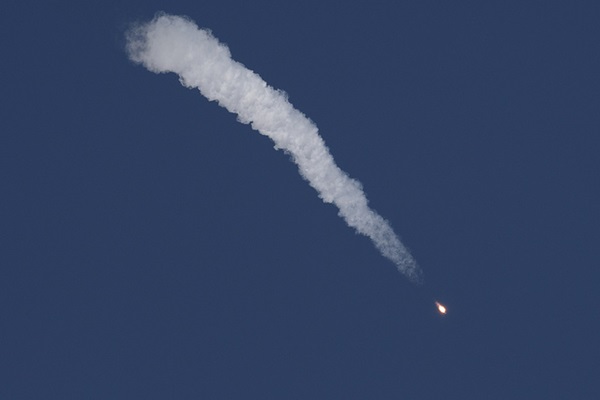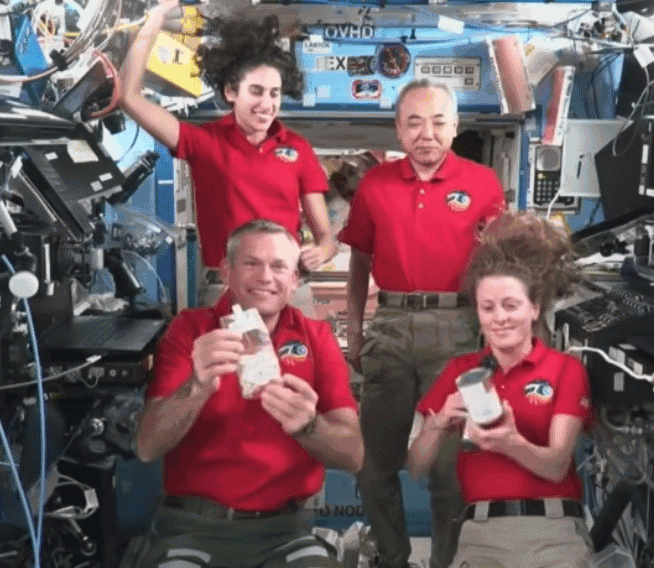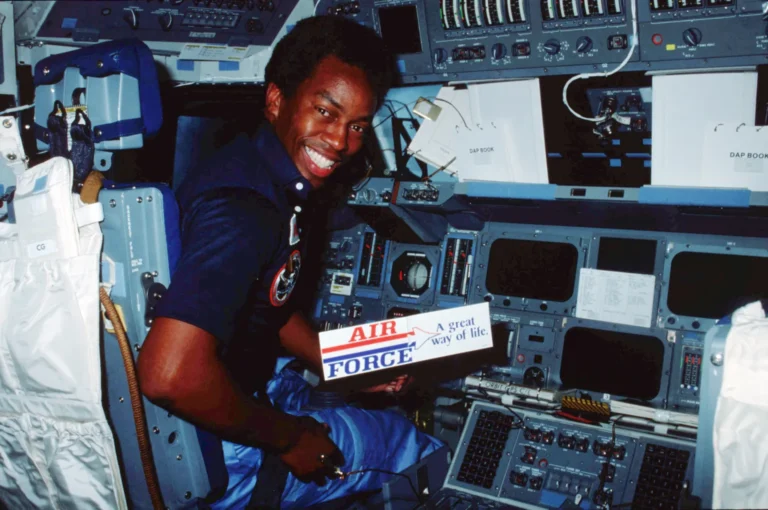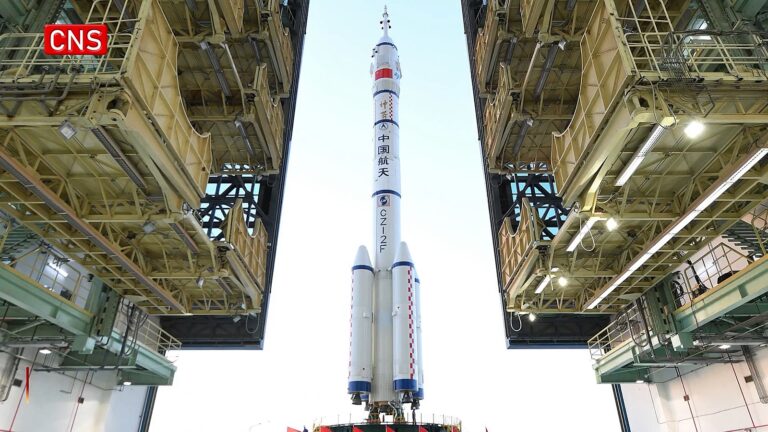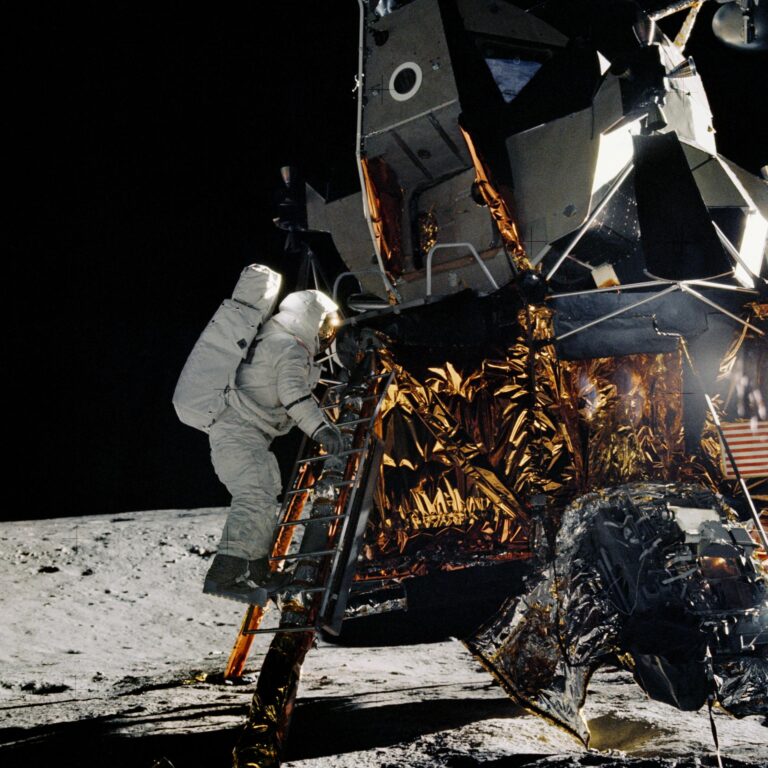Key Takeaways:
- A Soyuz MS-10 spacecraft, carrying one Russian and one American astronaut, experienced an ascent anomaly shortly after launch, necessitating an emergency abort and subsequent safe landing in Kazakhstan.
- An investigation by NASA and Roscosmos is underway to determine the cause of the rocket malfunction, with potential implications for International Space Station operations, including planned spacewalks and future crew rotation schedules.
- This launch failure occurs while the United States remains dependent on Russian Soyuz rockets for astronaut transport to the ISS, prompting continued efforts by American companies to develop domestic crewed launch capabilities.
- Despite the Soyuz program's general reliability, this event represents the fourth crewed Soyuz launch failure in its history, contextualizing it within the inherent risks and complexities of spaceflight.
Two astronauts made an emergency landing this morning in Kazakhstan after a Russian Soyuz rocket failed while launching them to the International Space Station. According to NASA officials, the rocket failed in its ascent soon after liftoff and the capsule with the astronauts inside — one Russian and one American — was sent careening back to Earth.
A search-and-rescue team reached the site quickly to get to the Soyuz MS-10 crew, leaving at 6:10 A.M. EDT, according to NASA spokesperson Brandi Dean’s commentary on live television. Both crew members are reportedly safe and in good condition, and have already been reunited with their families.
After the crew successfully navigated the failure and landed safely, they boarded a plane to fly back to the Baikonur Cosmodrome.
U.S. Depends on Russian Rockets
This failure comes as America is working to wean itself off of its Russian rocket dependency. For years, since NASA’s final shuttle mission launched in 2011, the U.S. has relied on Russian rockets to send astronauts to the International Space Station, which is largely funded by America taxpayer dollars.
Now, American companies SpaceX and Boeing are working to launch their first crewed missions to space. The missions both hope to launch in 2019, though they have each experienced delays thus far.
These will be the first crewed missions to launch from American soil since 2011 and, while the issues with the Soyuz MS-10 mission will likely be resolved by then, this will allow for increased access to space and reduce dependency.
NASA and Roscosmos officials say they are launching an investigation into exactly what went wrong with the rocket and why. “A thorough investigation into the cause of the incident will be conducted,” NASA Administrator Jim Bridenstine tweeted alongside an official statement on the Soyuz MS-10 Launch Abort. Officials are also investigating the strange hole recently found in a Soyuz spacecraft aboard the International Space Station.
However, in the meantime, this failure has a number of consequences for the agencies and the crew aboard the space station.
Hague was originally scheduled to participate in spacewalks in the coming weeks to replace batteries on the outside of the space station. Spacewalks take extensive, long-term planning, so the crew and their teams back on Earth will have to come up with an alternative plan. This is especially tricky, as the new batteries arrived later than expected after a series of launch delays from the Japanese cargo vehicle they were on.
It is also possible that this event could affect the next scheduled crew launch of three astronauts in December who were set to replace NASA astronaut Serena Auñón-Chancellor, Russian cosmonaut Sergey Prokopyev and Gerst.
Luckily, these crew members will not be stranded on the space station, as they will return to earth in the capsules they traveled to the station in. But exactly when the astronauts will be sent home is still unclear.
Additionally, the Soyuz rocket launches cargo ships to the space station along with crewed missions like the one this morning. The space station and its crew depend heavily on missions supported by the rocket.
Historical Perspective
While the Soyuz rocket is considered a reliable launch vehicle in the space sector, this is not the first failure in the Soyuz program’s history. In 1967, The Soyuz 1 spacecraft, which carries the same name as its launch vehicle, had a parachute failure during its first crewed mission and crashed, resulting in the death of cosmonaut Vladimir Komarov. Additionally, including today, there have been three total failed launches of a crewed Soyuz vehicle — Soyuz 18-1 in 1975, Soyuz T-10-1 in 1983 and the Soyuz MS-10 launch this morning.
Still, these failures have been few and far between.
Historically, failures have plagued many launch vehicles. SpaceX, for example, has had a number of mishaps. In 2015, CRS-7 launched a Dragon capsule on a Falcon 9 rocket to resupply the space station, but the second stage exploded. A Falcon 9 exploded later in 2016 before it had even launched. Luckily, no astronauts have been harmed in these explosions, as none of these missions have so far been crewed. But these failures have been difficult learning experiences for the company, which plans to launch its first crewed capsule in 2019.
NASA has also suffered a number of launch failures over the years. The United States’ first attempt to launch a satellite into orbit ended in failure and an explosion. Additionally, the crewless test flight for the Saturn V rocket in anticipation for the crewed Apollo 6 mission failed to complete its mission; the Challenger disaster killed all seven astronauts on board, as did the Columbia disaster.

